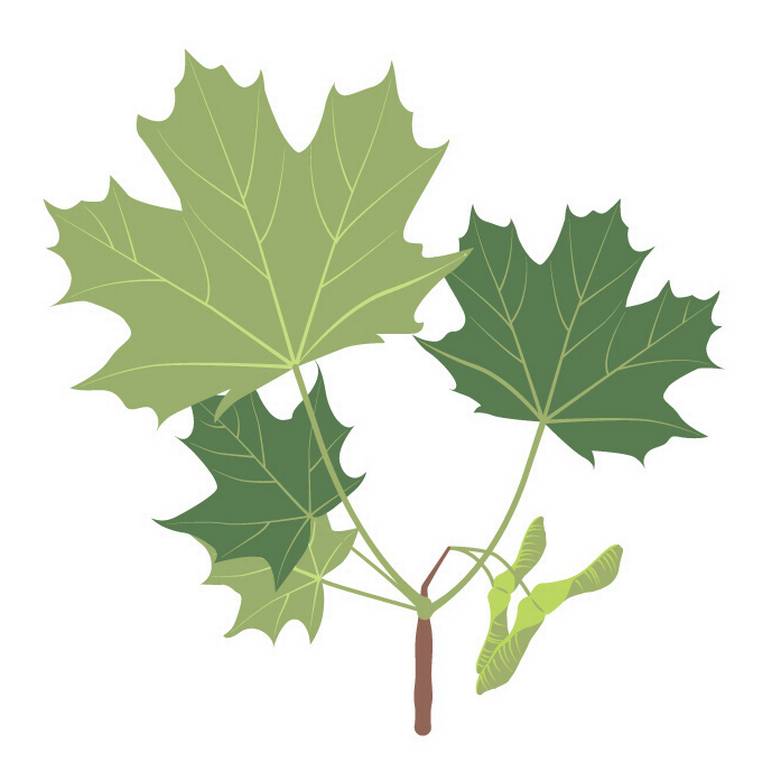ML555
Active Member
It does strike me as a little odd, the strong desire for deeper and more concentrated (generally rail) transit, but not at the expense of anything (property-wise). In every place I've lived with serious trains, for example, green-space and even physical space was often lacking. All this to say, it's possible to do things better, work harder to not disturb what came before, keep or expand greenery, etc., however there does seem to be a lot of wishful thinking.


